Good Morning Scarflandia!
This week’s theme is Sherlock Scarves.
Well my fellow scarf fiends - we’re doing a bit of a switcheroo on you! We’re really going to ask you to put on your Deerstalker hats, and employ all your considerable sleuthing skills. Not to find out what Santa’s hidden under the tree, but to solve some H Mysteries.

Sherlock Holmes first appeared in print in 1887, A Study in Scarlet. Sherlock Holmes was known for his proficiency with observation, deduction, forensic skills and logical reasoning that borders on the fantastic.
View attachment 4922701
I don’t think ole Sherlock has a thing on us Scarfies! I have never seen such a dedicated group - we know SO MUCH about these beauties… and how did we find out so much about them? Why we’ve sleuthed through the internet, we tracked down art and history books, H’s own libraries! We deduced, we used our intuitive and inquisitive minds, to learn all we could.
I’m not sure how much logic was involved - it is H after all!

I’m going to start the week with Kachinas.
View attachment 4922702
A Kachina is a spirit being in the religious beliefs of many Native American cultures, Kachinas are spirits or personifications of things in the real world. The central theme of kachina beliefs and practices as explained by Wright (2008) is "the presence of life in all objects that fill the universe. Everything has an essence or a life force, and humans must interact with these or fail to survive." The Kachinas are supernatural beings who visit the villages to help with everyday activities and act as a link between gods and mortals. There are different types of Kachinas - Chief Kachinas (elders), Ogres (disciplinary), Warriors or Guards (enforcers), Runners (race the men) , Clowns (humor), Female, and Animal.
I don’t know about you - but I find this fascinating.
The outer circle has 16 Kachinas, the inner has 8. I’ve been researching off and on for a couple of years, trying to figure out what they all are. I have found what I *think* are some of them, and a lovely woman on Instagram (@cloudwei.c) has been working on it too. She had some that I did not and I’ve incorporated her information. I hope she doesn’t mind!
I’m going to start with the inner circle - starting with Number 1 and going around the circle clockwise.
View attachment 4922703
View attachment 4922704
View attachment 4922705
View attachment 4922706
View attachment 4922707
View attachment 4922708
View attachment 4922709
View attachment 4922710
View attachment 4922711
I hope we can all be like Sherlock and find even more information on this scarf. I don’t know what all of the Kachinas are, but would like to. I’ll be adding the next 16, including the ones I don’t know, starting tomorrow. Any new information gleaned using time tested Sherlock, I mean Scarfie methods will be added to my Google documents and posted at the end of the week.
View attachment 4922712
And I am so curious about so many other scarves as well… What are the all the lucky tokens that are included in Turandot? What does the background of Mythiques Phoenix mean?
Tell us something interesting about a scarf you have or play mystery scarves: show us a close-up & we’ll guess the scarf - we’re going to be all over the place this week!
It’s Elementary, my dear Watsons!
 .
.  forum.purseblog.com
forum.purseblog.com
 .
. 
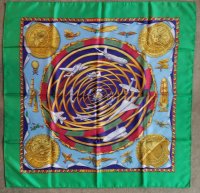
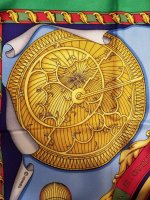



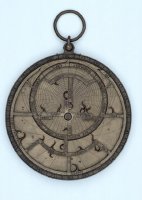
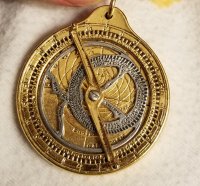
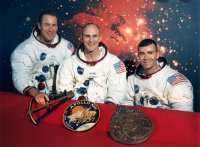
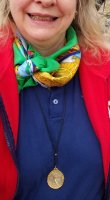


 Your prize will be smooches from Coco!
Your prize will be smooches from Coco!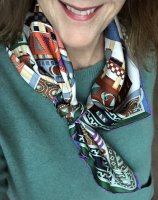


 So nice, Xincinsin. This scarf has very loose pleats and is a candidate for de-plisseing IF I ever get up the courage.
So nice, Xincinsin. This scarf has very loose pleats and is a candidate for de-plisseing IF I ever get up the courage.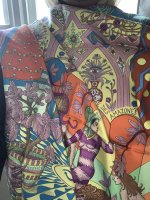


 Thanks for the information on kachinas. I think it maybe one of the more elaborate designs to decipher all the images.
Thanks for the information on kachinas. I think it maybe one of the more elaborate designs to decipher all the images.

